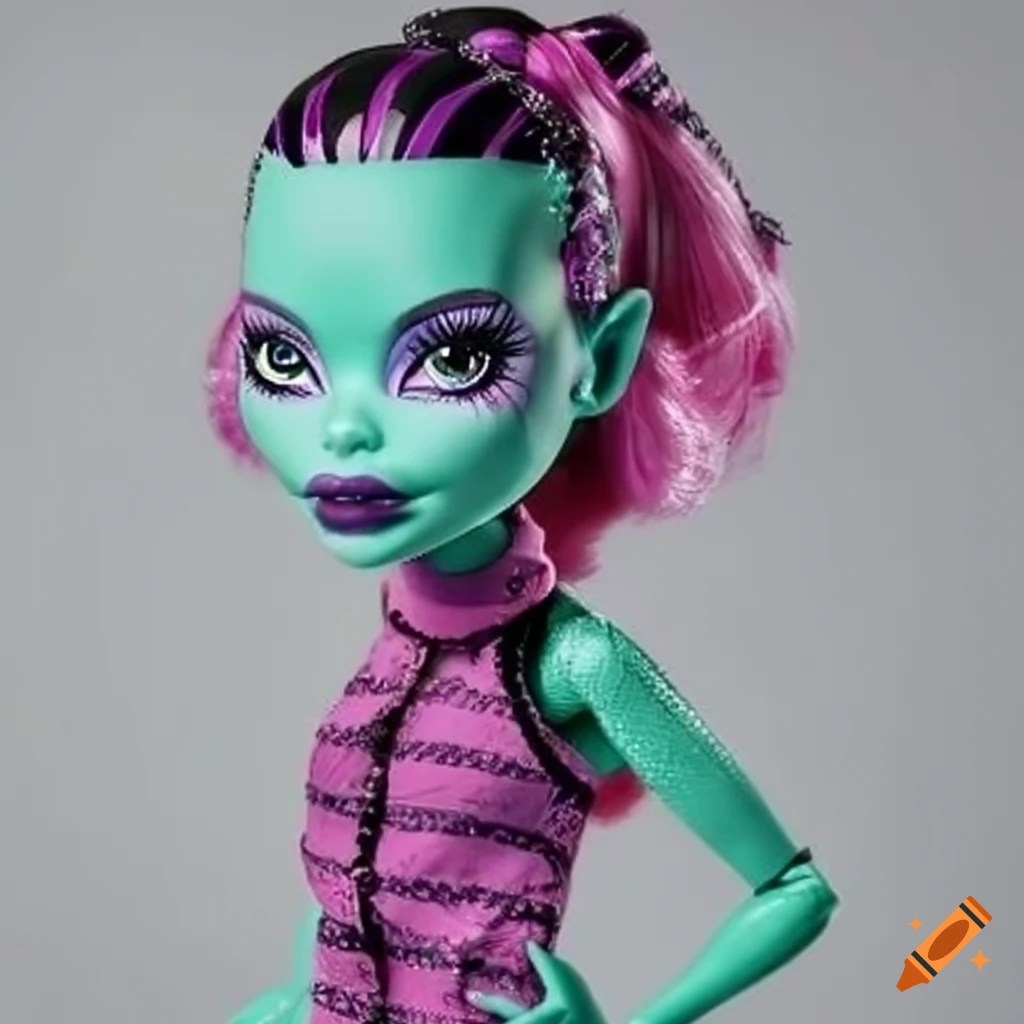In a world bathed in the soft glow of technology and saturated with information, it's easy to dismiss the idea of monsters as mere folklore, relics of a less enlightened past. But what if I told you that monsters are far more than figures that go bump in the night? What if they are, in fact, mirrors reflecting back our deepest fears, anxieties, and the often unsettling shadows within our own humanity?
The concept of a monster, of something that inspires dread, disgust, or a primal fear of the unknown, is woven into the very fabric of human storytelling. From the shadowy figures lurking in the corners of ancient cave paintings to the intricate mythologies of gods and monsters passed down through generations, the monstrous has always held a strange allure. It's a fascination born from a need to understand the unexplainable, to personify the things that frighten us, and perhaps, to find solace in knowing that we are not alone in our fears.
But what is it that elevates something from merely strange or unsettling to truly monstrous? Is it a grotesque appearance, a deviation from the natural order, or perhaps the potential for violence and chaos? The answer, like the creatures themselves, is multifaceted and ever-evolving. What sends chills down our spines today might be vastly different from the monsters that haunted our ancestors, and yet, the underlying principles remain remarkably consistent.
Throughout history, monsters have served as cautionary tales, embodiments of the consequences of straying from societal norms or succumbing to darker impulses. They lurk at the edges of our maps and in the shadows of our subconscious, reminding us of the fragility of order and the ever-present potential for chaos. But within this unsettling reflection of our fears, there also lies a strange beauty.
For to confront a monster, whether it be a literal creature or a metaphorical representation of our own inner demons, is to confront the unknown within ourselves. It's a journey into the darkest corners of our psyche, a test of courage, resilience, and ultimately, our capacity for empathy. The monster, in its terrifying glory, forces us to confront the uncomfortable truth that the line between human and beast, between good and evil, is often blurred and always open to interpretation.
One of the most fascinating aspects of the monstrous is its ability to adapt and evolve alongside humanity. As our understanding of the world shifts and the things we fear change, so too do the creatures that embody those fears. The grotesque beasts of ancient myth may have given way to more nuanced monsters reflecting modern anxieties—creatures born of technological advancements, environmental disasters, or the ever-present threat of societal collapse.
In this sense, the monster serves as a powerful lens through which to examine our own cultural values and anxieties. What we consider monstrous reveals as much about ourselves as it does about the creatures themselves. It challenges us to examine our own biases, confront our deepest fears, and ultimately, to find a sense of peace and understanding in a world that often feels chaotic and unpredictable.
While we may never fully unravel the mystery of what makes a monster, it's in the exploration itself that we truly begin to understand the power and complexity of these enduring figures. They may lurk in the shadows, but their influence on our culture, our stories, and our understanding of ourselves is undeniable. So, the next time you find yourself face-to-face with a monster, whether in the pages of a book, on the silver screen, or perhaps in the depths of your own mind, take a moment to consider what it is about this creature that both terrifies and fascinates you. For within that unsettling allure lies a reflection of your own humanity, waiting to be explored.
Advantages and Disadvantages of Exploring the Concept of Monsters
| Advantages | Disadvantages |
|---|---|
|
|
From ancient myths to modern horror films, monsters continue to captivate our imaginations. By understanding what makes something monstrous, we gain a deeper understanding of ourselves and the world around us.
Bringing christmas magic to life with german poems for kids
Addressing mikayla campinos rumors and online safety
Soaring in style unveiling the best flight attendant uniforms
Netflix's Jeffrey Dahmer series almost broke a major Stranger Things 4 - Khao Tick On
what is considered a monster - Khao Tick On
what is considered a monster - Khao Tick On
Bts Cute, Jungkook Cute, Bts Bangtan Boy, Bts Boys, Min Yoongi Bts, Min - Khao Tick On
what is considered a monster - Khao Tick On
African Tiger Fish 4" (Hydrocynus Goliath) - Khao Tick On
what is considered a monster - Khao Tick On
what is considered a monster - Khao Tick On
what is considered a monster - Khao Tick On
Pokemon Alola, Pokemon Eeveelutions, Mewtwo, Game Character, Character - Khao Tick On
what is considered a monster - Khao Tick On
what is considered a monster - Khao Tick On
what is considered a monster - Khao Tick On
what is considered a monster - Khao Tick On
what is considered a monster - Khao Tick On














